A gas regulator can lower the pressure in a gas cylinder to the needed pressure. It does this by using a diaphragm and springs that automatically change the regulator to control the pressure. If you intend to install a gas dryer but are uncertain whether you require a regulator, then this article is for you.
Any natural gas-using device needs to have a regulator. Any appliance that is standalone, freestanding, or part of a package must have a regulator to lower the gas supply line pressure to the level the appliance needs.
In a gas dryer, the regulator is a component of a whole-house system located outside the house. A regulator lowers the gas pressure of the dryer to the level required by the device so that a gas appliance can function effectively.
A gas regulator controls the appropriate gas pressure for an entire system or just one device. Read on to learn more about gas regulators and their significance.
Why Is A Regulator Important In A Gas Dryer?
Gas regulators are essential for reliable fuel delivery at the pressure and flow rate needed by natural and propane-fueled appliances. It must deliver the gas pressure to heating equipment at a consistent and exact pressure for that particular piece of equipment. Here are a few of the essential aspects of gas regulators.
Gas Shutoff Valve
The gas regulator on automatically operating heaters has a gas valve set to open to let gas flow into the appliance's burners when the thermostat requests heat. The valve has contacts for the thermostat.
Check out this gas pressure regulator on Amazon.
Safe Operation
If a flame-sensing thermocouple determines that there is no flame, the valve will shut off to prevent explosive unburned gas from entering the structure. Attach the valve's safety switch to the other end of a thermocouple sensor of the burner. On burners that use a pilot flame, the thermocouple detects the fire and stops the gas valve from opening, so they serve two distinct functions.
Check out this digital temperature controller thermostat regulator on Amazon.
Gas Pressure And Flow Rate Control
The gas valve ensures that gas is delivered at the proper gas pressure while also turning the gas on and off to the appliance's burner. This function covers faults in gas pressure regulation, measurement, and adjustment.
Regulate Fuel Sources
Natural gas, LP gas, and propane can all be switched between by most gas regulators in appliances. All gas heaters and equipment that can adapt to different types of gas supply require several modifications.
Check out this dual-stage propane gas regulator on Amazon.
Temperature Adjustment
A gas regulator has a thermostatic control that adjusts the water heaters' temperature within an allowable range determined by the control's manufacturer.
Check out this outlet thermostat and digital temperature controller on Amazon.
What Causes Gas Regulators To Malfunction?
The regulator is frequently held responsible for issues with gas equipment. The actual problem is usually somewhere else, usually in the regulator installation. Examine the ensuing regulator issue causes:
Spills or Leakage
The wrong type of fittings, thread size, cross-threading, or over-tightening fittings may cause damage. Improper installation can even cause the gas regulator body to crack. This negligence will result in hazardous gas leaks that could cause an explosion or fire.
Excessive Gas Pressure
A gas regulator is needed if the gas pipe from the source (meter or tank) to the appliance is too long or has a small enough diameter. The heat exchanger may bend at its lower joints, resulting in an apparent "deformation" if the gas regulator feeds gas at a pressure that is too high. This condition can cause rusting. A gas appliance with a damaged heat exchanger is dangerous.
Inadequate Gas Pressure
If the gas regulator is not correctly set or there are other issues with the gas supply or pipes, the gas pressure may be too low, producing an insufficient and potentially dangerous flame.
Depending on the root of the issue, it could be fixed at the regulator; however, don't try increasing the pressure if it has always been low. If the root reason for low gas pressure is not solved, the burner's flame and pressure will be too large and dangerously high.
Noisy Gas Regulator
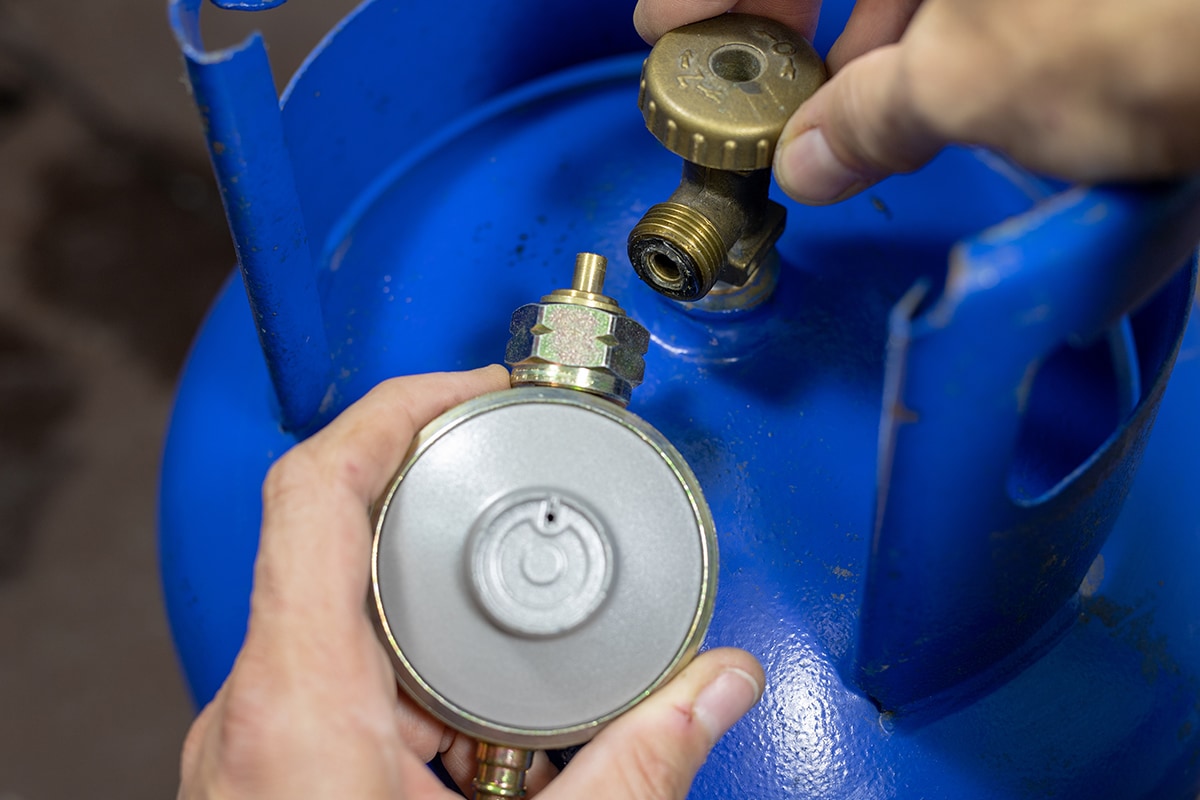
A little vibrating at the gas valve for equipment is common and harmless, according to many gas grills and other appliance makers. But experts recommend still being wary of noises as this can indicate something is wrong with your gas regulator.
Additional noises from gas regulators, pipes, and LP gas tanks could also mean something else. Shut off the gas supply immediately if you smell gas leaking from your pipes or tank. You can also contact a professional to determine where the leak is.
Frozen Gas Control
Condensation starts to form when there is a cold vapor inside the regulator. Although the regulator frequently freezes, there are several warning signs that its freezing is caused by something going wrong. The gas cylinder is either not upright or is overfilled, which is why. Both of these can result in a gas regulator freezing up and malfunctioning.
Orange Fire
Ensure there are no obstructions in the valves and hoses. Replaceable regulator parts may be required. As much as possible, clean gas is a requirement.
What Are The Types of Gas Regulators?
A gas regulator controls the pressure of gases in a container or cylinder. This device also ensures gas quality and purity by preventing injuries and equipment damage. Knowing the regulator's goal is necessary before scaling. Presented below are the commonly known types of gas regulators.
Equipment Regulators
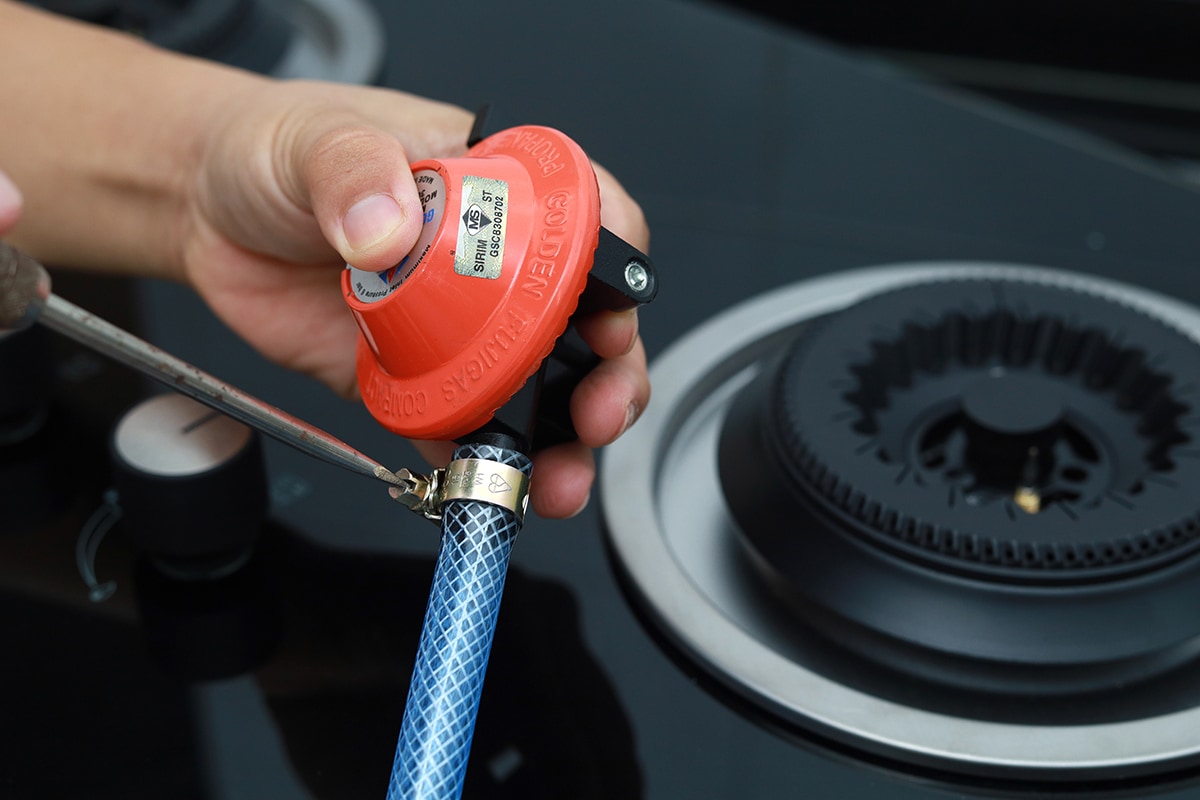
Appliance regulators are frequently the last controller in the pipeline. This regulator is applicable for main burners in which accurate management of small- to large-scale flows is crucial to proper operation. This kind of regulator regulates the flow of gas to an appliance.
Check out this 2-stage LP-Gas equipment integral regulator on Amazon.
Pipeline Regulators

Line gas regulators control the gas pressure on a gas line in addition to a utility valve and an equipment regulator. Service regulators lower the required delivery pressure of gas from the service line. Pressure regulators lower, control, and keep the pressure in a particular area of a pipe network.
Check out this propane hose regulator for a grill heater on Amazon.
Utility Regulators
A utility regulator is a specific form pressure regulator installed by the natural gas supplier providing service at a building entrance. To achieve the ideal delivery pressure needed by the device, utility regulators often reduce the gas pressure in the service line.
Gas Pressure Regulators
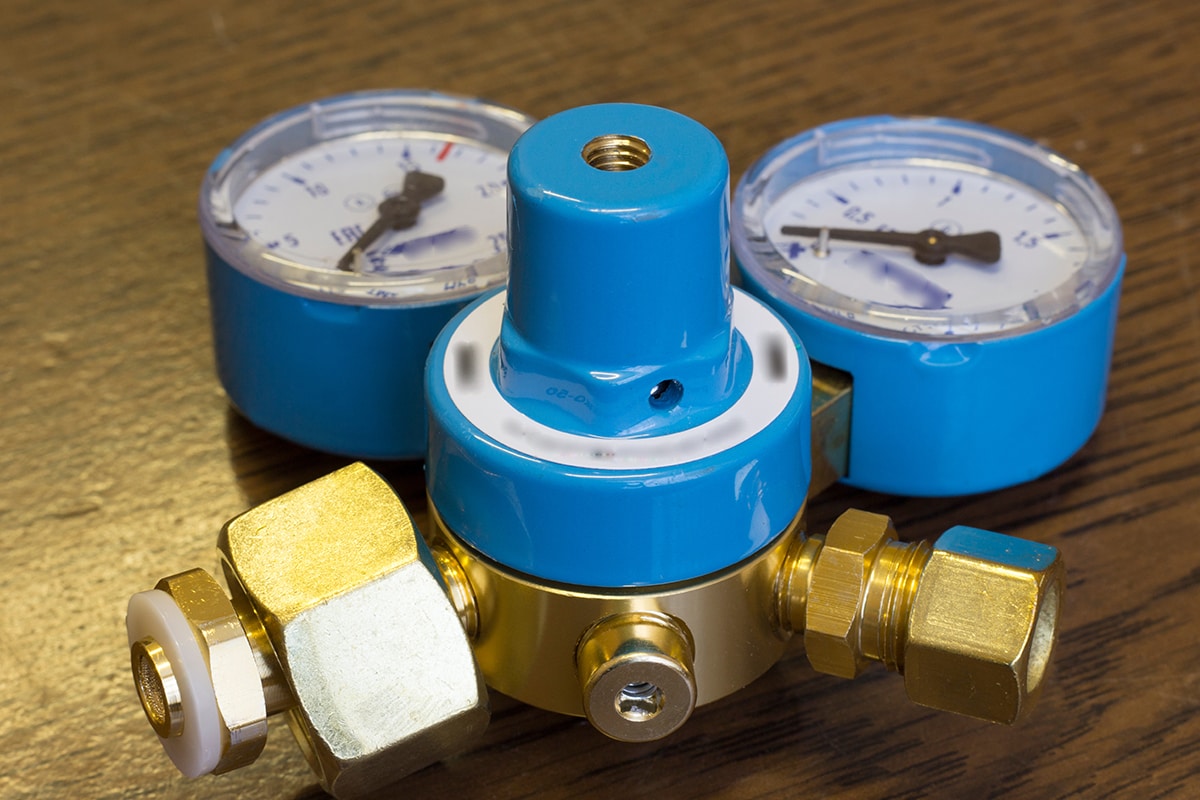
These regulators lower, regulate and keep a section of a pipe system's pressure constant. The regulator's chamber is full of gas, which presses against the diaphragm. Under the guidance of the set spring, the diaphragm rises. Use the control valve to adjust the flow rate and pressure.
Check out this high-pressure regulator on Amazon.
How Do You Size A Gas Regulator?
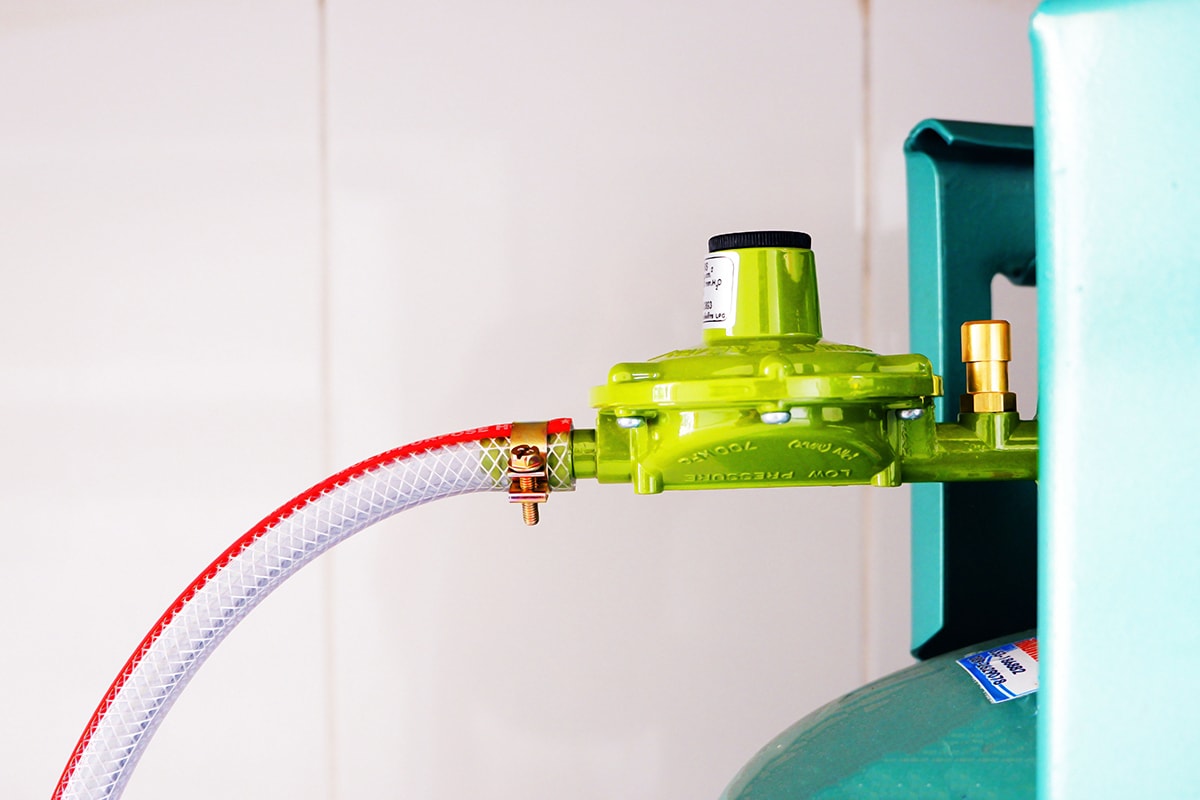
For gas appliances to operate safely and efficiently, low gas pressure is required. For these devices to function safely, choosing the right gas regulator size is essential. If the gas regulator is too big, too much gas will flow into the equipment and might explode. The following are crucial factors to take into account while sizing a gas regulator:
Know the Features Of A Gas Appliance
Find the specs in the gas appliance's operating instructions. Use British Thermal Units (BTUs) to specify the gas usage.
Understanding the Gas Inlet Pressure
The gas regulator should be sized based on the inlet and outlet rate. You can see the inlet pressure for your home's main gas meter on your local gas utility's website or contact them.
Determine The Necessary Outlet Pressure
Check the specification sheet for the appliance's needed outlet pressure. The gas regulator should have the right size for the appliance's required outlet pressure.
Diameter Of The Pipe's Inlet And Outlet
Consider the gas pipe diameters for the inlet and output while sizing the regulator. Typically, the diameters of the pipes at the inlet and outflow may need to match.
Choose The Gas Type To Connect
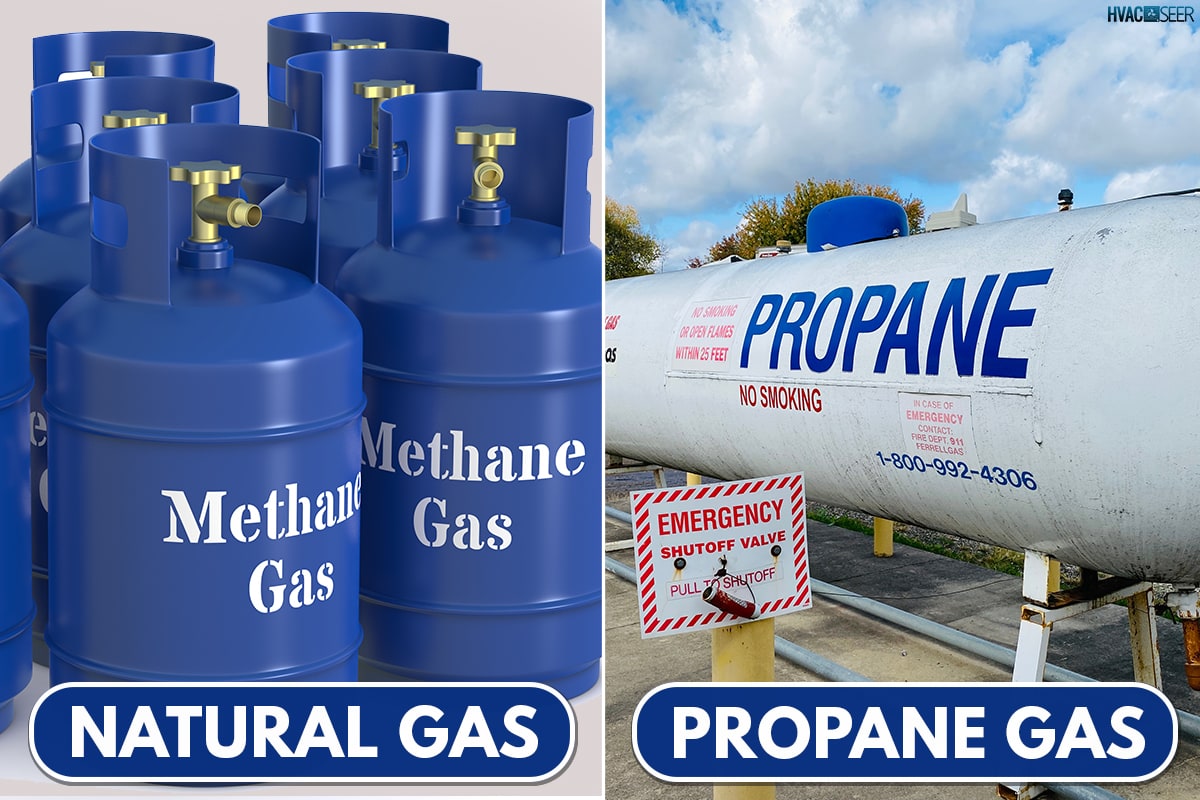
Which kind of gas are you controlling? Indicate if you are connecting to propane or natural gas.
Takeaways
Gas dryers are valuable to any home that needs them. Consider a regulator if you're using gas dryers for your laundry. Spending the money on a gas regulator will guarantee that you protect your appliance and house from any gas dryer malfunction. They act as a safety barrier between the equipment and the high pressure of the tank by controlling device flow and distribution of the gas.
You can read the following other related posts for more information regarding gas regulators:







